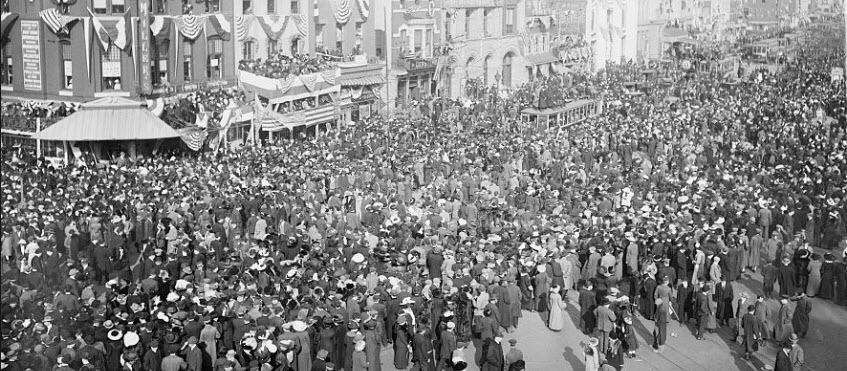By Debra Kirby
I have always admired the brave men and women who, throughout history, have taken a stand for their rights and the rights of others, often at significant inconvenience and sometimes risking their lives. Saturday, January 21, I had a chance to be part of history by participating in the Woman’s March on Washington. Fortunately, the inconvenience for me was not significant, nor was there any risk to my life. It was an exhilarating experience to be among so many people who took the time and traveled from sometimes great distances – including other countries – to stand up for the rights of women, minorities, and the environment. Here are a few of my observations on the experience:
- The 2.5 mile march from RFK Stadium to the starting point near the capitol building was one of the highlights; residents cheered us and their signs with MLK and other quotes inspired us.
- Diversity, kindness, camaraderie, inspiration, determination, humor, purpose, consideration, politeness, were on full display.
- Men who actively support the rights of females in their lives are everyday heroes! Plenty of men participated, many with signs saying they marched in support of their wives or daughters.
- One person can make a difference and one small action can birth a movement! The worldwide marches estimated at 3 million strong were started by one retired woman in Hawaii sending out a Facebook request.
On the long bus ride home I reflected on this and past marches and protests. I turned to Gale databases for a few answers.
Q: How big was the March on Washington for Civil Rights in 1964?
A: The SCLC, NAACP, SNCC, and CORE organized the biggest civil rights march to date in Washington, D.C. On 28 August 1963, 200,000 blacks and 50,000 whites walked from the Washington Monument to the Lincoln Memorial, where they listened to speakers from the various organizations, including Reverend Martin Luther King Jr. (U.S. History In Context)
Q: When was the first Woman’s March on Washington?
A: On March 3, 1913 more than 5,000 women marched in Washington for women’s rights and civil rights. Among the marchers was famous journalist Nellie Bly.
Q: Who was Nellie Bly and why was she famous?
A: Elizabeth Cochrane Seaman (pen name Nellie Bly) gained fame for her investigative reports, which were filled with first-hand accounts. She undertook such stunts as having herself admitted to an insane asylum, working in a factory sweatshop, and getting herself arrested in order to get a glimpse of the experiences of some of the most downtrodden of urban America. In her greatest escapade, Bly set out to imitate Jules Verne’s imaginary trip around the world in less than 75 days which she accomplished in 72 days. Bly distinguished herself as a reporter at a time when the field was dominated by men, and her accomplishments won a greater measure of acceptance for other women journalists. (Biography In Context)
The opinions expressed in this article are the author’s own and do not reflect the views, opinions, or positions of Gale or Cengage Learning.Mens Flynit Trainers

